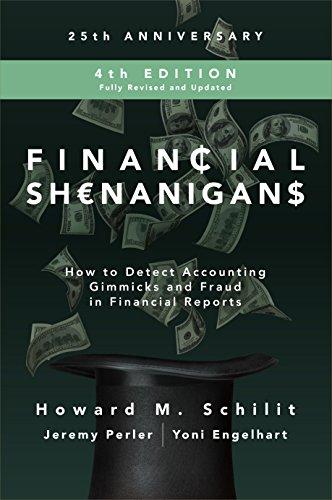Question
1-Match the Body of Law with its definition by placing the letter of the Law. Law that defines, describes, regulates, and creates legal rights and
1-Match the Body of Law with its definition by placing the letter of the Law.
Law that defines, describes, regulates, and creates legal rights and obligations.
Law that governs relations among several countries.
The body of laws that pertain to legal affairs within a countrys borders.
The body of Law that consists of verdicts and decisions from courts.
The body of Law that is enacted by legislative bodies at the federal, state, or local levels.
Law that establishes the methods of enforcing the rights established in substantive law.
The branch of law dealing with disputes between/among individuals and/or organizations, and that that are not considered offenses against society.
Law that defines and governs acts which constitute offenses against society.
Law that is associated with the executive branch and that is created and enforced by regulatory agencies (in the form of rules, regulations, and orders).
Word bank
International law
Statutory law
Civil law
Procedural law
Substantive law
Case law
Administrative law
Criminal law
National law
2-A law enacted by a minor legislative body (a town council, for example) dealing with a local concern is known as aNo
a. Clause
b. Regulation
c. Ordinance
d. Statute
3-Article I, Section 8 of the U.S. Constitution contains a provision authorizing the Congress to regulate dealings with foreign nations and between/among states. This provision is known as the
a. Taxation Clause
b. Commerce Clause
c. Supremacy Clause
d. Necessary and Proper Clause
4-Article VI of the U.S. Constitution contains a provision that legislatures and courts in the United States will be guided by the US Constitution in making laws and deciding cases. This provision is known as the
a. Taxation Clause
b. Commerce Clause
c. Supremacy Clause
d. Necessary and Proper Clause
5-The Executive branch of the Federal Government is established by which Article of the U.S. Constitution?
a. Article VI
b. Article III
c. Article II
d. Article I
6-The Judicial branch of the Federal Government is established by which Article of the U.S. Constitution?
a. Article I
b. Article III
c. Article IV
d. Article II
7-The Legislative branch of the Federal Government is established by which Article of the U.S. Constitution?
a. Article I
b. Article VI
c. Article III
d. Article II
8-Match the litigation procedure with its correct definition.
The phase in which the opposing parties may obtain information from each other and from third parties.
The phase of litigation during which the plaintiff begins the lawsuit and in which both parties make statements that detail facts, charges, and defenses.
An action by which the defendant is, in effect, suing the plaintiff.
The defendants response to the action that initiates a lawsuit.
An action made by the plaintiff alleging wrongdoing on the part of the defendant. This initiates the lawsuit.
A document that informs the defendant that a legal action has been commenced against her/him.
A series of written questions for which written answers are prepared by a party to a lawsuit and signed under oath.
The testimony - made under oath - of party to a lawsuit or a witness.
Word bank-
Complaint
Pleading
Counterclaim
Answer
Interrogatory
Discovery
Deposition
Service(summons)
9-The geographical area in which a case is tried and from which the jury is selected is
a. District
b. Jurisdiction
c. Venue
d. Circuit
10-The authority of a court to hear and decide on a case is called
a. Standing
b. Jurisprudence
c. Jurisdiction
d. Venue
11-The parties to a suit over an automobile may live in Pennsylvania but the auto may be in New Jersey. Because the disputed article is in New Jersey, a New Jersey court may still have jurisdiction over the dispute. This is known as
a. Jurisdiction over subject matter
b. Jurisdiction over persons
c. Jurisdiction over statutes
d. Jurisdiction over property
12-Bankruptcy, traffic, and small claims courts exercise
a. Circuit court
b. District court
c. Magistrate court
d. Superior court
13-To bring a lawsuit, an individual must have a sufficient stake in a controversy. This requirement is known as
a. Justiciable controversy
b. Standing to sue
c. Statutory jurisdiction
d. Statutory standing
14-The trial court level in the federal judicial system is the
a. Superior court
b. District court
c. Magistrate court
d. Circuit court
Step by Step Solution
There are 3 Steps involved in it
Step: 1

Get Instant Access to Expert-Tailored Solutions
See step-by-step solutions with expert insights and AI powered tools for academic success
Step: 2

Step: 3

Ace Your Homework with AI
Get the answers you need in no time with our AI-driven, step-by-step assistance
Get Started


